
Here’s the scenario. My system came with Windows 10 Pro and that came with BitLocker encryption. I installed Ubuntu in the dual boot mode even with the BitLocker encryption enabled for Windows.
You can easily access the Windows files from within Linux. No hi-fi stuff here. Just go to the file manager and click on the Windows partition which is located usually under the “Other Locations” tab.
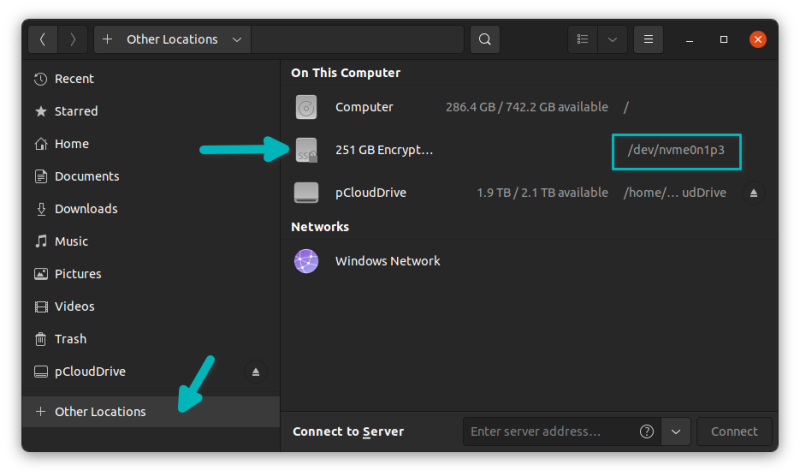
The process is not too complicated with BitLocker encrypted Windows partition as well. It’s just that when you try to mount the Windows partition, it will ask for the password.
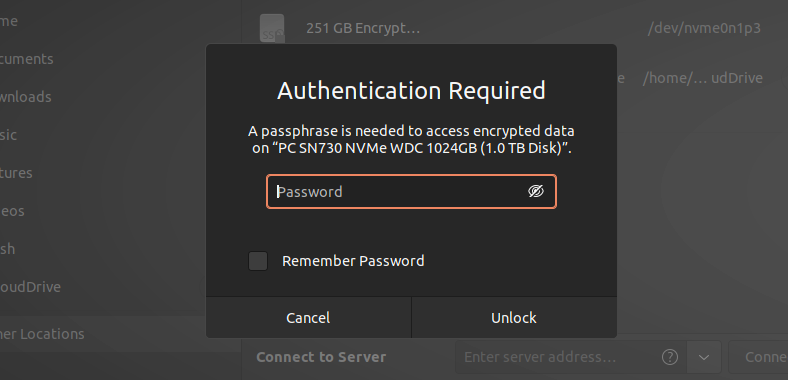
It works though. In my case, I entered the 48 digit BitLocker recovery password and it decrypted the Windows partition and mounted it without any issue in Ubuntu 21.10 with GNOME 40.
Try your BitLocker password. If that does not work, try the recovery password. For normal Windows 10 Pro users, the recovery password is stored in your Microsoft account.
BitLocker Recovery Password in Micrsoft Account
Enter the recovery and you’ll see that Windows partition and its files are accessible now. Checking the “Remember Password” box is also a time saver for further usage.
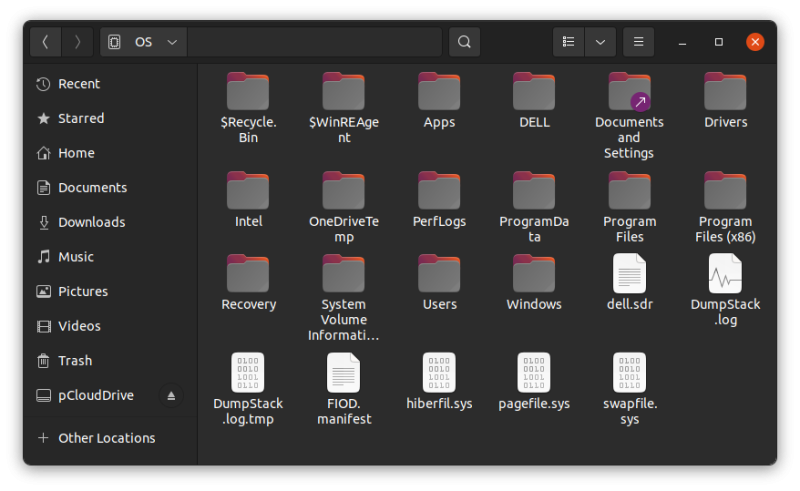
If the above does not work for you or if you are stuck with the command line, there is an alternative method.
This method involves using a tool called Dislocker.
Mount BotLocker encrypted Windows partition in Linux with Dislocker [Command Line Method]
Dislocker process works in two parts. The first part decrypts the BitLocker encryption and gives a file named dislocker-file. This is basically a virtual NTFS partition. The second part is basically mounting the virtual NTFS partition you just got.
You’ll need either the BitLocker password or the recovery password to decrypt the encrypted drive.
Let’s see the steps in details.
Step 1: Install Disclocker
Dislocker is available in the repositories of most Linux distributions. Please use your distribution’s package manager to install it.
On Ubuntu and Debian based distributions, use this command:
sudo apt install dislocker
Step 2 : Create mount points
You’ll need to create two mount points. One for where Dislocker will generate the dislocker-file and the other one which will mount this dislocker-file (virtual filesystem) as a loop device.
There is no naming restrictions and you may name these mount directories anything you want.
Use these commands one by one:
sudo mkdir -p /media/decrypt
sudo mkdir -p /media/windows-mount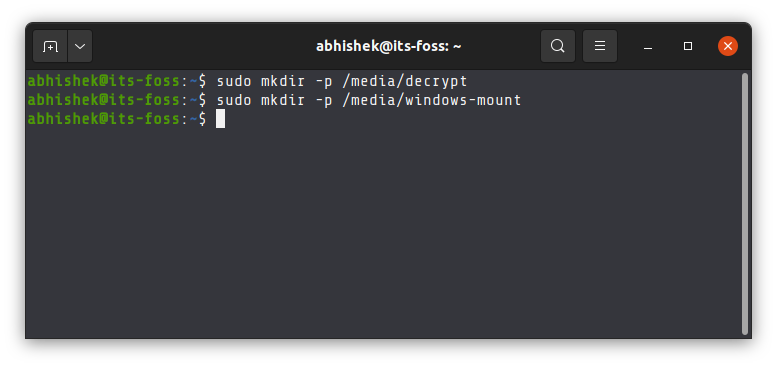
Step 3: Get the partition info which needs to be decrypted
You need the name of the Windows partition. You can use the file explorer or GUI tools like Gparted.

In my case, the Windows partition is /dev/nvme0n1p3. It will be different for your system. You may also use command line for this purpose.
sudo lsblkStep 4: Decrypt the partition and mount
You have everything set up. Now comes the real part.
If you have the BitLocker password, use the dislocker command in this fashion (replace <partition_name> and <password> with actual values):
sudo dislocker <partition_name> -u<password> -- /media/decryptPlease note that there is no space between u and password.
If you only have the recovery password, use the command in this fashion (replace <partition_name> and <recovery_password> with actual values):
sudo dislocker <partition_name> -p<recovery_password> -- /media/decryptAgain, there is no space between p and password.
It should not take a long time in decrypting the partition. You should see the dislocker-file in the designated mount point, /media/decrypt in our case. Now mount this dislocker-file:
sudo mount -o loop /media/decrypt/dislocker-file /media/windows-mount
You are done. Your BitLocker encrypted Windows partition is decrypted and mounted in Linux. You can access it from the file explorer as well.
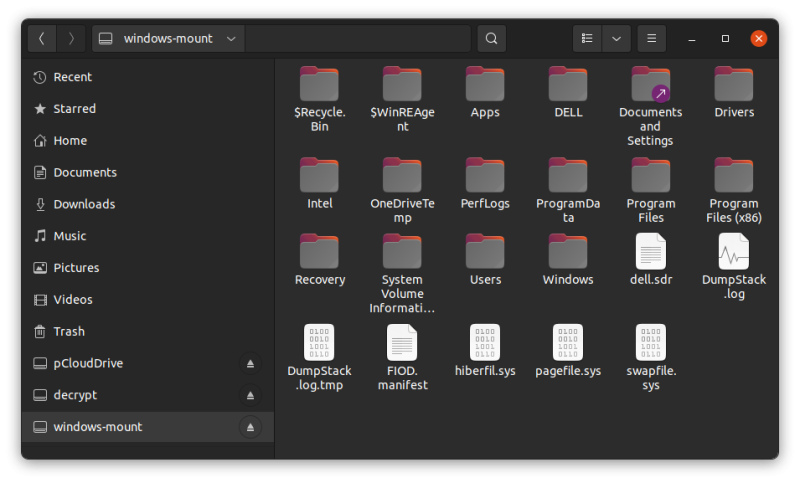
Troubleshooting tips for wrong fs type error
If you get an error like this:
mount: /media/windows-mount: wrong fs type, bad option, bad superblock on /dev/loop35, missing codepage or helper program, or other error.You should specify the filesystem while mounting.
For NTFS, use:
sudo mount -t ntfs-3g -o loop /media/decrypt/dislocker-file /media/windows-mountFor exFAT, use:
sudo mount -t exFAT-fuse -o loop /media/decrypt/dislocker-file /media/windows-mountUnmount the Windows partition
You can unmount the mounted partition from the file manager. Just click the unmount symbol beside the partition named windows-mount.
Otherwise, unmount command is always there for you.
sudo umount /media/decrypt
sudo umount /media/windows-mountI hope it helps you. If you still have questions or suggestions, please let me know in the comments.

